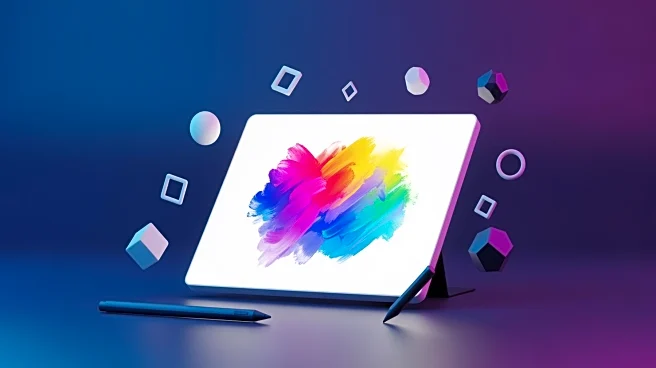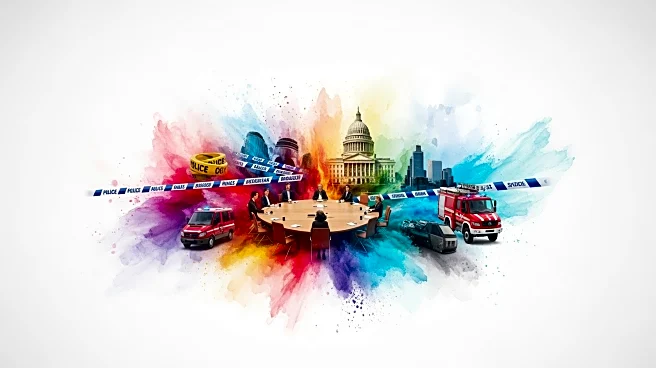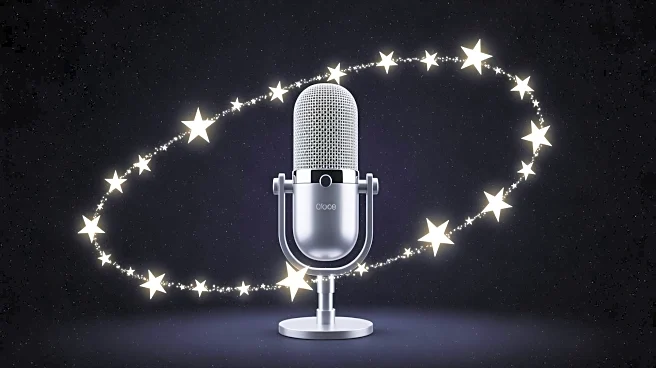What's Happening?
AI image generators have become essential tools for various creative projects, evolving from experimental technology to mainstream applications. Despite their accessibility, achieving high-quality results
requires strategic prompt engineering. The article provides insights into selecting the right AI service, crafting effective prompts, and editing images post-generation. It highlights popular AI tools like Dall-E 3, Leonardo AI, and Canva's Magic Media generator, each offering unique features and pricing models. The guide emphasizes the importance of labeling AI-generated content to distinguish it from human-created art.
Why It's Important?
The rise of AI image generators represents a significant shift in creative industries, democratizing access to advanced image creation tools. This development impacts artists, designers, and content creators by offering new ways to produce and enhance visual content. However, it also raises ethical and legal considerations, such as copyright issues and the need for transparency in AI-generated works. As AI technology continues to evolve, understanding its capabilities and limitations is crucial for professionals navigating this changing landscape.
Beyond the Headlines
The ethical implications of AI-generated content are profound, as these tools rely on existing human-created works for training. This raises questions about intellectual property rights and the potential for AI to disrupt traditional creative professions. As AI services improve, the need for clear guidelines and regulations becomes more pressing to ensure fair use and protect creators' rights.











